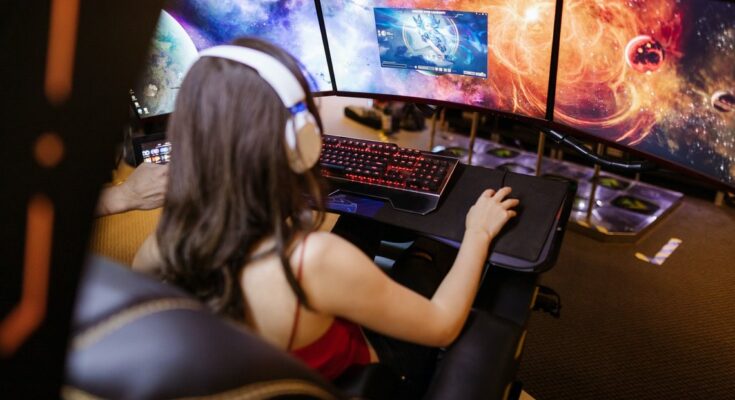The first video games appeared in 1972 and were meant for everyone regardless of gender. They were as simple as possible, like Pong, a game about ping-pong. Creator Nolan Bushnell even stated that Pong played a certain role in emancipation: women could challenge men to fight with them on the same playing field. Subsequent games such as Space Invaders, Frogger and Tetris were also popular with both genders. According to a study by Tetris publisher Spectrum Holobyte, 40% of Tetris players were women.
Girls not only played, but also created the games. Carol Shaw is considered one of the first female developers: she created the popular River Raid in the eighties, for which she won many awards. Dona Bailey developed the famous Centipede, although she started out as an ordinary player.
Roberta Williams was a housewife and raising two children when she discovered the world of video games and wanted to create her own. Roberta wrote the story and her husband was responsible for the programming. In 1980, they released Mystery House, a game that received good reviews. Williams went on to work as a game writer and designer.
In the late seventies, Pac-Man was the first game created to appeal specifically to a female audience. There were no feminist motives behind the idea. The developers thought that the girls at the slot machines will attract male players better than any advertising. And the female presence was to make the arcade centers “cleaner and brighter, because the abundance of boys made them dirty and sweaty.
Pac-Man creator Toru Iwatani talked about the idea of a video game: “When you think about what women like, you think of fashion, food and relationships. So I decided that the theme of the game should be food. Pac-Man itself is like a pie from which a slice has been cut off.” Pac-Man was genderless, allowing players of either gender to enjoy the game. This remained the case until the release of a sequel called Ms. Pac-Man, which was a response to the popularity of the original with a female audience.



